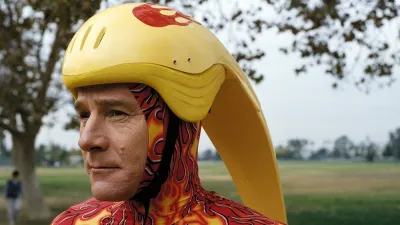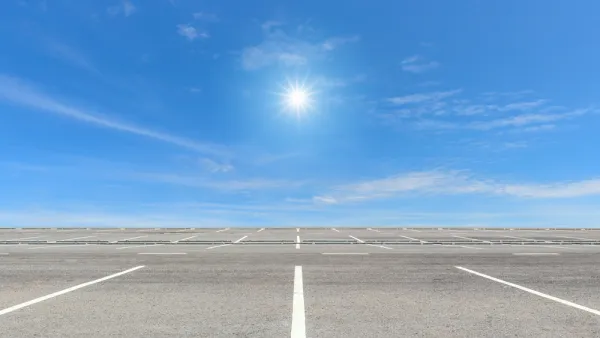There's only a few more days left of the Olympics, and that's sad, but there's still time to learn about the wonders of the sport of race walking, formerly known as "Pedestrianism."

An article by Marissa Payne details the sport of race waling, which has provoked more than one joke on Twitter about the participants looking like they are making a beeline for the bathroom.
As Payne notes, however, there is a very serious technique involved with mastering the sport—technique that differs greatly from running:
For starters, race walking isn’t just slow running. It requires an entirely different technique. Whereas you can bend both your knees however you like in running, in race walking the leading leg must be completely straightened when it makes contact with the ground and stay that way until it’s lifted again. The other major difference from running is that race walkers must have at least one foot touching the ground at all times. If race walkers violate either of those two rules, a judge, who closely follows the athletes throughout the race (that’s either 20 or 50 kilometers in the Olympics), will dole out a red-card violation.
The history of the sport is also of great interest to fans of walking and also maybe pedestrian advocates.
The article calls on Matthew Algeo, author of the book Pedestrianism, to describe the sport’s roots. According to Algeo, race walking (pedestrianism as it was known then) "was far more popular than running, too, in the past." Races spanned hundreds of miles—sometimes even 1,000 miles—and large wagers were riding on the results. Hence the sport's addition to the Olympic games, according to
By the turn of the century, “pedestrianism” became so popular that it was added to the 1904 Olympics as part of the decathlon. Not satisfied, race walkers finally got their own event in 1932, but it was a far cry from the thousand-mile races of the past. The event was only (and, I use that word relatively) 50 kilometers.
As a parting gift, we'd like to remind everyone that Bryan Cranston, of fame and critical acclaim for his role on the show Breaking Bad, once played up the sport of race walking to humorous effect in his previous role on Malcolm in the Middle.
FULL STORY: The butt of Olympic jokes today, race walking used to be an American favorite

Analysis: Cybertruck Fatality Rate Far Exceeds That of Ford Pinto
The Tesla Cybertruck was recalled seven times last year.

National Parks Layoffs Will Cause Communities to Lose Billions
Thousands of essential park workers were laid off this week, just before the busy spring break season.

Retro-silient?: America’s First “Eco-burb,” The Woodlands Turns 50
A master-planned community north of Houston offers lessons on green infrastructure and resilient design, but falls short of its founder’s lofty affordability and walkability goals.

Test News Post 1
This is a summary

Analysis: Cybertruck Fatality Rate Far Exceeds That of Ford Pinto
The Tesla Cybertruck was recalled seven times last year.

Test News Headline 46
Test for the image on the front page.
Urban Design for Planners 1: Software Tools
This six-course series explores essential urban design concepts using open source software and equips planners with the tools they need to participate fully in the urban design process.
Planning for Universal Design
Learn the tools for implementing Universal Design in planning regulations.
EMC Planning Group, Inc.
Planetizen
Planetizen
Mpact (formerly Rail~Volution)
Great Falls Development Authority, Inc.
HUDs Office of Policy Development and Research
NYU Wagner Graduate School of Public Service




























